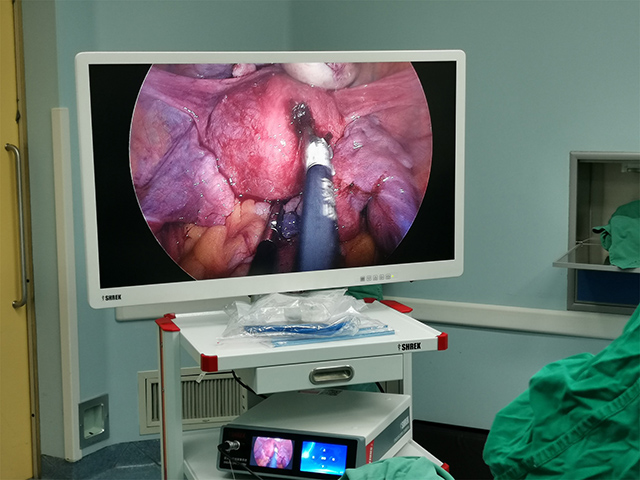
Medical laparoscopic surgery is a modern minimally invasive surgical technique that involves inserting laparoscopic instruments through small holes in the abdominal wall to achieve the goal of performing surgery in the patient's body. Compared to traditional open surgery, medical laparoscopy has the advantages of minimal trauma, fast recovery, less bleeding, and low infection rate. Therefore, in clinical practice, more and more doctors are using laparoscopic technology for surgical treatment.
Medical laparoscopic surgery was initially applied in gynecological surgeries, such as myomectomy and ovarian cyst resection. With the continuous development and improvement of technology, laparoscopic surgery has been widely used in gastrointestinal, urinary system, cardiovascular and other fields, the most common of which are cholecystectomy, appendectomy, gastrointestinal tumor resection, etc.
The advantage of medical laparoscopic surgery is that the instruments used are specially designed to perform delicate operations, avoiding damage to surrounding tissues during the surgery. In addition, due to the lens used during the surgery, the field of view can be enlarged, allowing doctors to see the surgical area more clearly, thus enabling more accurate surgical operations.
For patients, the benefits of medical laparoscopic surgery are also very obvious. Due to the minimal surgical trauma and shortened recovery period, the patient's postoperative pain is significantly reduced. In addition, the amount of anesthesia used in medical laparoscopic surgery is relatively small, and the risk is correspondingly reduced.
However, medical laparoscopic surgery also has certain limitations. Due to the need for surgery to be performed within the patient's abdominal cavity, the technical requirements for the surgeon are very high. If the doctor does not have sufficient experience or technical level, it may cause greater damage to the patient. In addition, for certain situations, such as surgical treatment of malignant tumors, traditional open surgery is required.


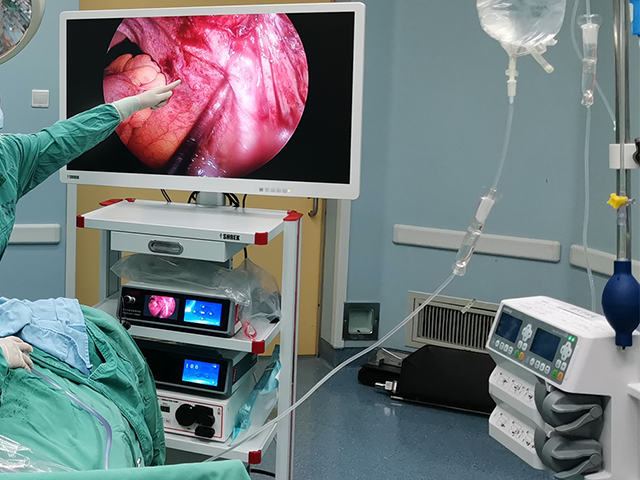
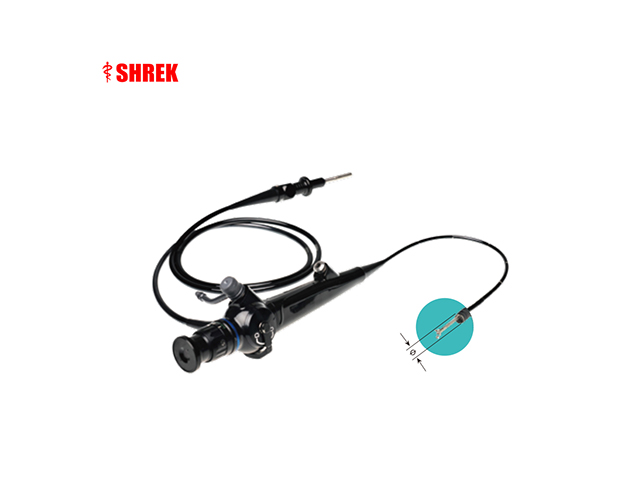
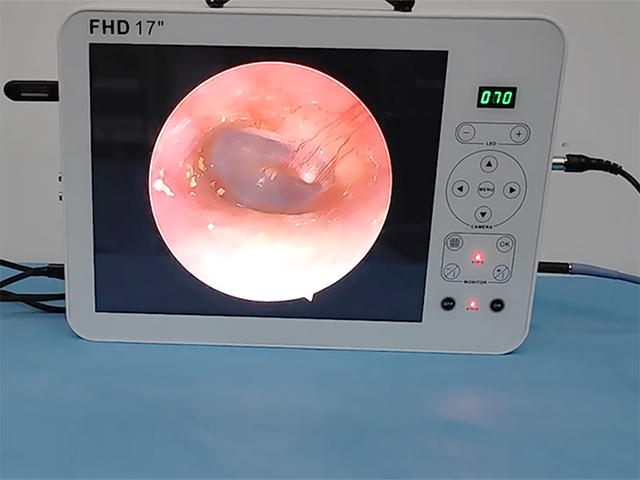
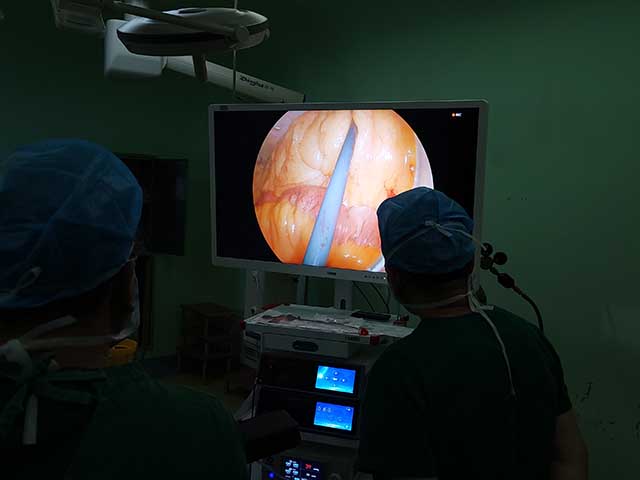
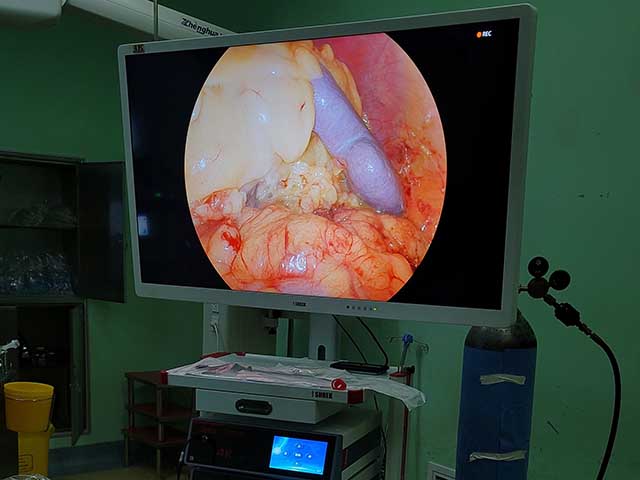

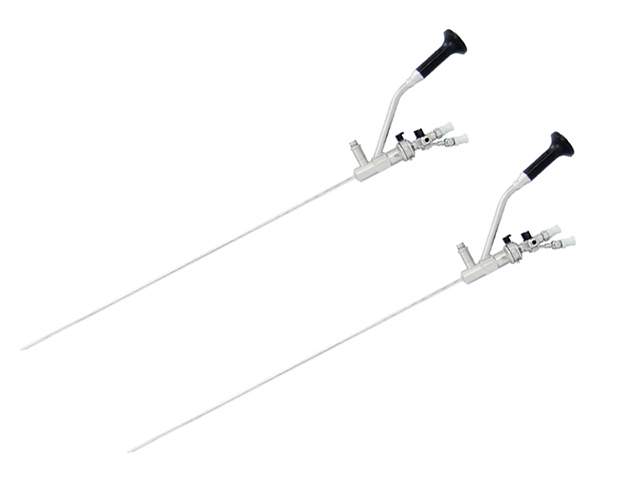
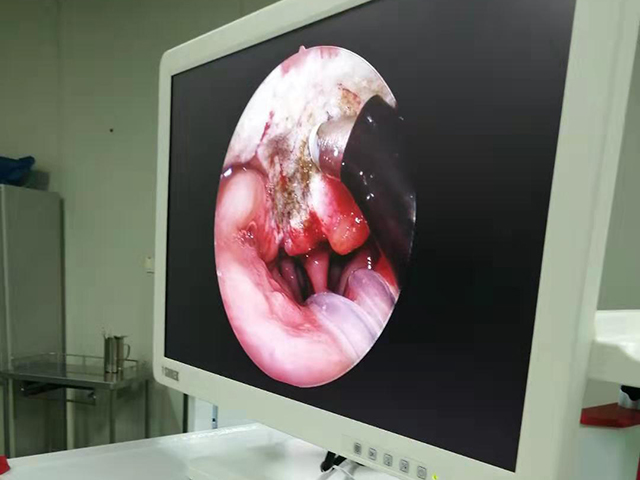
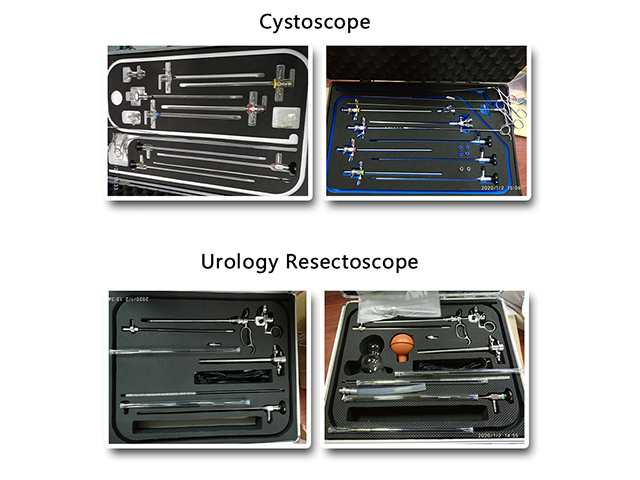
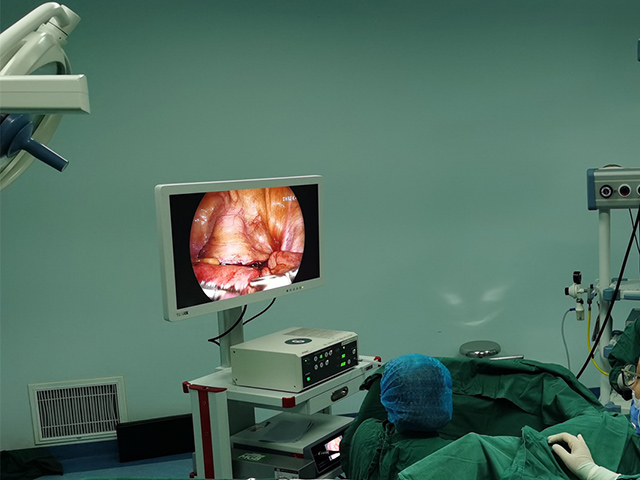
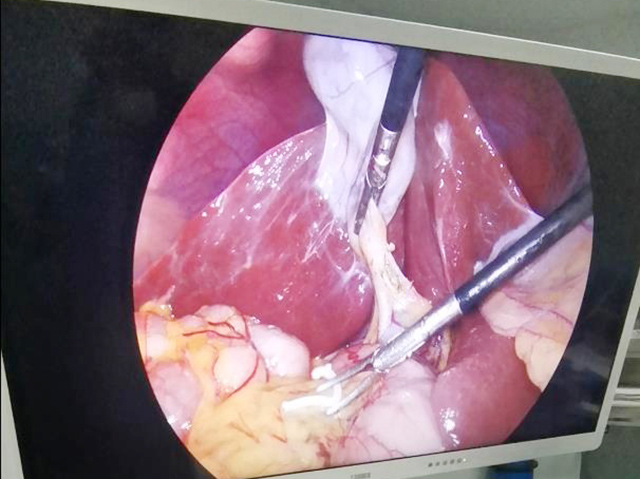

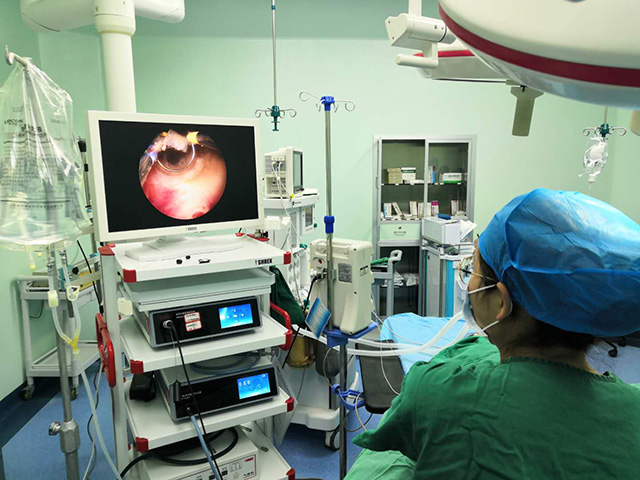
Leave A Inquiry